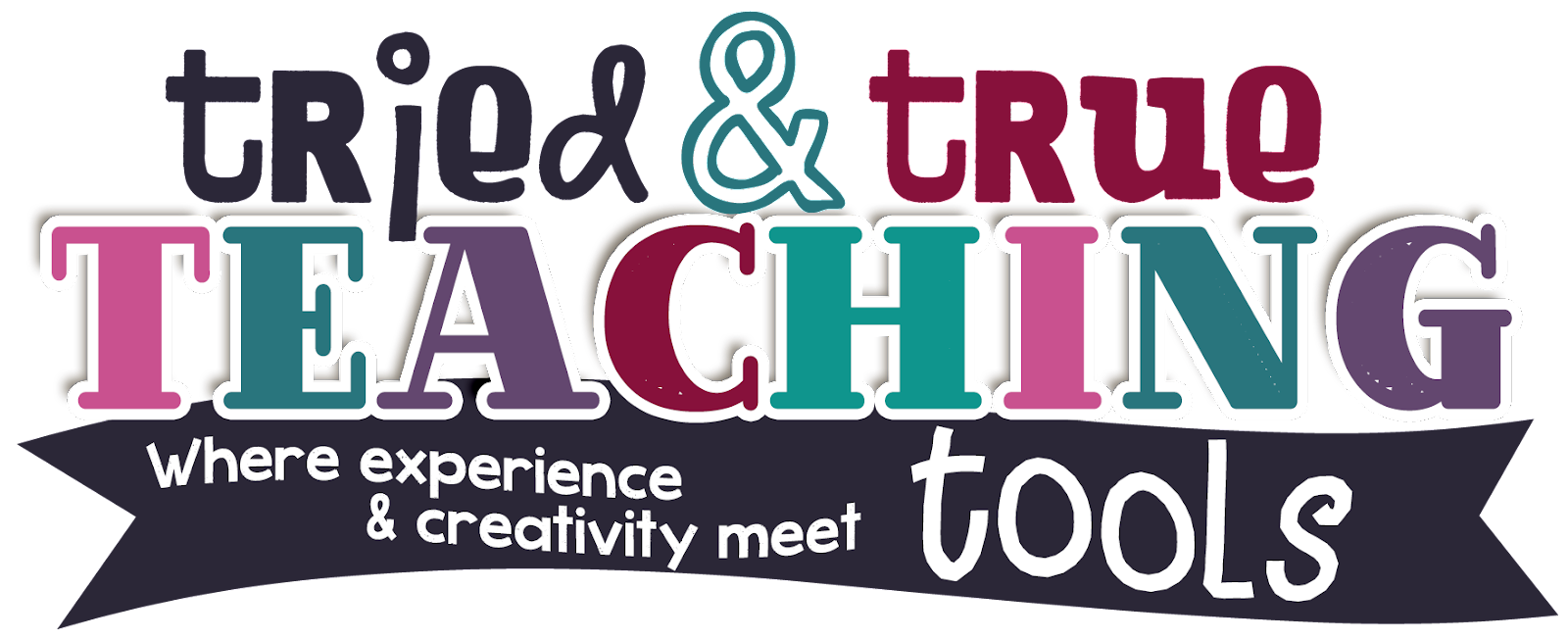Have you ever told your students to take notes and they either highlight almost everything (sometimes even changing colors with their fancy highlighters to make it look like a rainbow pattern) or they take bullet points on everything? Mine used to write pages of bullet points, with no organization or greater understanding of patterns, themes, or bigger ideas.
Personally, I know that I remember more if I write things down! Be it on post-its or now on my phone, if I don’t write things down, they don’t seem to stay in my head! Research has shown that the same is true for our students. Note-taking has been shown to improve student learning; our kids remember more of what they learn when they write it down. Learning to listen, watch or read, then translate the information into our own words or pictures, helps to stimulate new pathways in the brain, embedding it in long-term memory. I know that when I try to recall something I’ve written down, I can often visualize how and where I wrote it down. Thinking back to when I was in junior high, my parents enrolled me in a speed-reading course. Other than learning to read faster by having words flash by on a screen then having to read and remember them, we also learned to read by scanning and chunking groups of text (rather than read word by word or line by line). I learned to organize these chunks into graphic organizers by topics and details. Now these graphic organizers are called bubble maps or concept maps, but I remember using colored pens to group this information. The colors and the chunking made it simple to recall information.
During our non-fiction unit of study during Reader's Workshop, we review types of text structures:
- Description
- Compare and contrast
- Problem and solution
- Cause and effect
- Chronological/sequence
Next, we brainstorm ways to best remember these types of structures as we read or listen or watch information. Click HERE or on the image below to grab a FREE copy of various note-taking strategies!
Another great method for identifying main idea and details is Cornell Notes. Observing my daughters, as they all reached high school, Cornell Notes was THE way their teachers wanted class lecture notes and notes on textbook readings to be taken. Click HERE or on the image below to download a copy of Cornell Notes. The key for Cornell Notes (& all other types of note-taking) to be effective is taking time to review the notes and write a summary, tying together the concepts.
As students read texts that list and describe facts, they begin to realize that sketching and labeling diagrams is another effective strategy to help them remember information. This is especially helpful when their non-fiction book has diagrams as a valid type of note-taking system.
Note-Taking Stations
Even with all these mini-lessons, however, not all students will immediately adapt their note-taking and they’ll revert to pages of bullet points. In comes Note-taking Stations! I first heard about them on the Cult of Pedagogy podcast. Note-taking stations are a fabulous way to get your students up and moving around the room, and basically forcing them to practice the various types of note-taking. Depending on my particular class and age of students, I may spread this activity out over a couple of days. Divide your class into small groups. Each station has a different type of short text to read or media (Chromebooks with a short video to watch). We’ve reviewed the types of structures and strategies prior to this activity, and they have samples of each type of structure in their reading notebooks. At the station, students read a short article (hard copy or online) or watch a video or read a textbook section. They identify the text structure, then they take notes using one of the ways we’ve identified. Allow time for students to compare notes with their group partners, then we meet as a class to debrief. Which strategies felt most comfortable? Which methods were difficult? When might we use each type?
Teaching note-taking in this manner has been so much fun and as the teacher, I get to circulate the room to observe and eavesdrop on students working. I’ve noticed a huge shift in the types of notes they are now taking and the language they use to recall the information! How do you teach note-taking?
Be sure to visit the blogs below for more great teaching ideas!









I will always believe that writing things down is the best way for students to retain information. Note-taking is a life skill. This was a great post on different methods of note-taking.
ReplyDeleteI agree; note-taking is so important to help retain information!
DeleteI can still hear my students complaining about taking notes. This post has some great ideas for getting them to learn this important skill.
ReplyDeleteThanks! The task stations have been so helpful in getting students to actually analyze what types of notetaking is best for which texts.
Delete